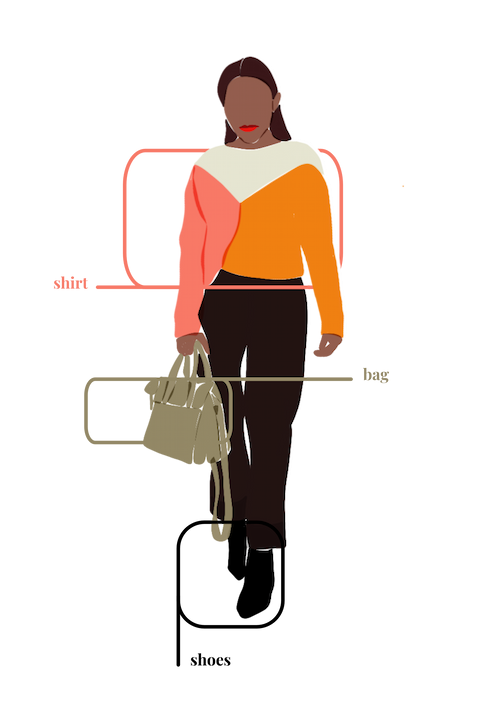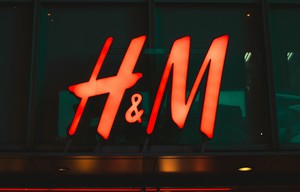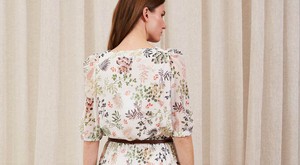- Clothes
- Bags
- Accessories
-
Inspiration
- Shoes
7 Fashion Greenwashing Red Flags (Avoid These Brands!)
_large.jpg)
If you glance at their website and social media, even the worst fast fashion brands look like they care about their workers and the planet.
In reality, they’re relying on empty promises or lying to you (ugh..).
So, how can you avoid falling for their trickery and, instead, support brands that are as ethical as they sound?
A simple way is to look for the most common greenwashing red flags in fashion.
What is greenwashing in fashion?
Fashion greenwashing is when brands use misleading information to make you think they’re more ethical and sustainable than they actually are.
They do that to get eco-conscious consumers on board and make shopaholics feel better about their dreadful clothing hauls.
Sadly, 59% of fashion companies use greenwashing, including big names like H&M—which got sued for it—and Shein, the symbol of ultra fast fashion and overconsumption.
7 fashion greenwashing red flags to watch out for
Not sure if that online store you’re browsing is genuinely ethical? If you spot any of these fashion greenwashing red flags, run!
1. Vague terms like “green”, “eco-friendly”, “planet-friendly”, or “bio”
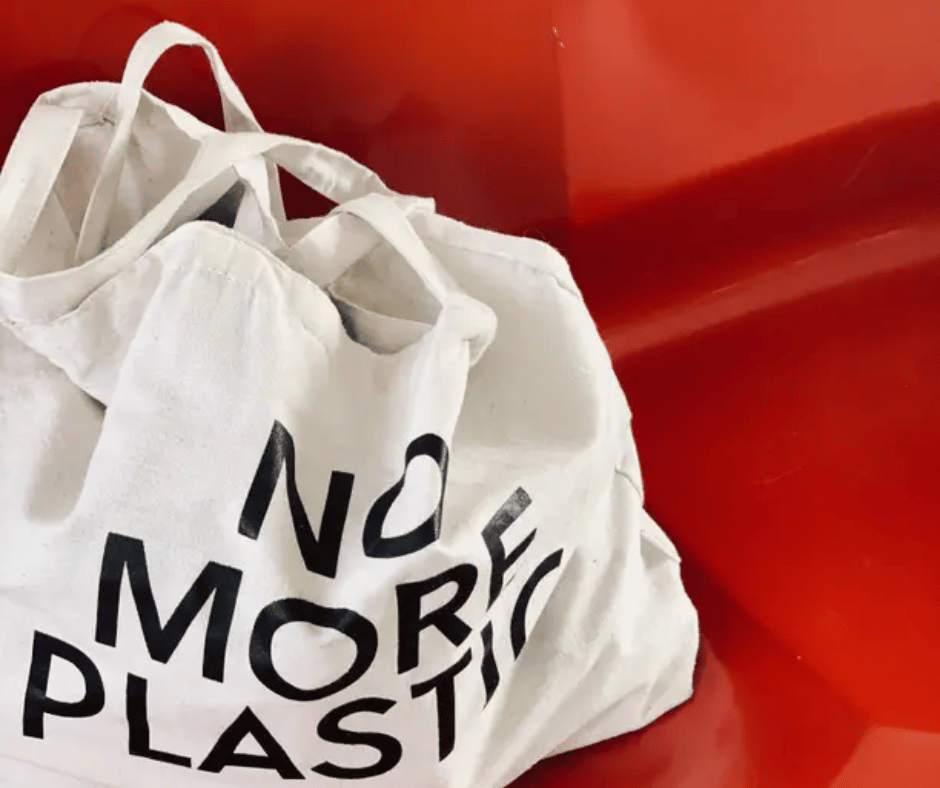
Fast fashion brands LOVE describing their products and collections with these terms.
They all have two things in common, though: they’re subjective and unmeasurable.
What to look for instead:
Quantifiable and specific terms (for example, “made with 100% certified organic cotton”) and proof to back them up (like logos of external certificates or a breakdown of how they’re guaranteeing those standards).
2. Focusing on “natural” materials without giving you any context
While it sounds better than plastic-like synthetic fabrics, in particular, “natural” doesn’t automatically mean “better for the planet.”
For example, cotton is one of the WORST fabrics: it’s full of pesticides, requires 2,700 litres of water for a single t-shirt, and results in high carbon emissions.
Plus, these brands usually highlight their natural fabrics to distract you from everything else, like the toxic chemicals they added to them or who made their clothes.
What to look for instead:
Information on why and how that natural material is better for the environment.
For example, maybe it’s certified organic cotton, which doesn’t involve toxic chemicals and uses up to 91% less water.
Think beyond materials too, because ethical brands make more sustainable choices at every stage of the production and supply chain (see the next point)

3. Not having a sustainability page on their website
Just because a brand describes its products as ethical, it doesn’t mean that they actually are.
If they couldn’t even be bothered to create a website page to walk you through their sustainable practices, can you expect them to have any sustainable practices in the first place?
What to look for instead:
A sustainability page that answers questions like:
- What does sustainability mean to this brand?
- What are their standards?
- What processes did they put in place to meet them?
- Have they got any external certificates to prove that?
- Are they designing clothes that can be sent back and reused, recycled, or that biodegrade?
4. Zero mentions of their supply chain and who makes their clothes
Some brands brag about eco-friendly organic cotton clothes… made by underpaid garment workers trapped in modern slavery conditions.
We believe sustainable fashion (which focuses on the environmental side of things) and ethical fashion (with a stronger emphasis on the people behind it) must always go TOGETHER.
So, when a brand doesn’t talk about who makes their clothes, it’s often because they don't know and with the fashion industry being one of the most exploiting industries in the world, looking away means risking involvement in unethical business behaviours, like sweatshops or forced labour.
What to look for instead:
A website page talking about their ethics (some brands include it in their sustainability page, some do it separately) and answering questions like:
- What does their supply chain look like?
- Who makes these clothes?
- Are these garment workers paid and treated fairly? (In many countries, a minimum wage is NOT a living wage!)
- Do they visit their factories regularly or, at least, pay a trusted third party to do that?
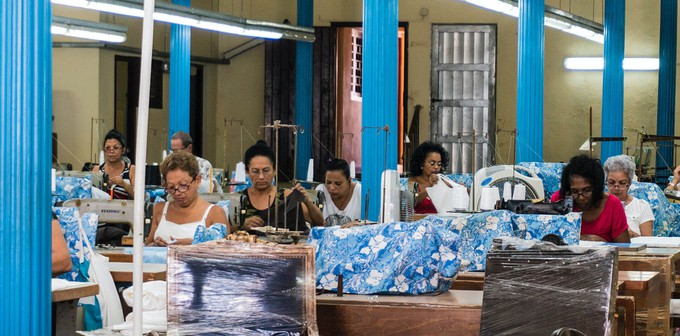
5. Vague statements and promises
“People are at the center of everything we do,” states Shein’s website, and yet some of their workers are forced to withstand 18-hour shifts with only one day off per month.
“We’ve set a bold ambition for all the materials we use in our clothes to be more sustainably sourced by 2030,” promises Boohoo… but what does that even mean in practice?
When a brand shares buzzwords and generic statements or makes promises that can’t be measured—like “we’re aiming to reduce emissions”—it’s a big greenwashing red flag.
What to look for instead:
Measurable promises backed up by data and an explanation of how they’re working towards them
6. Having one sustainable collection
A brand keeps banging on about a new sustainable collection? What about—oh, you know—ALL THEIR OTHER CLOTHES?!
If they only choose sustainability for a small range of items, they don’t care about the planet and their workers after all.
That’s the same when only a percentage of their fabrics is “sustainable”. For example, if they highlight their “30% recycled polyester”, it’s simply to draw your attention away from the fact that 70% of that item is traditional polyester.
What to look for instead:
Brands prioritising sustainability for their entire range
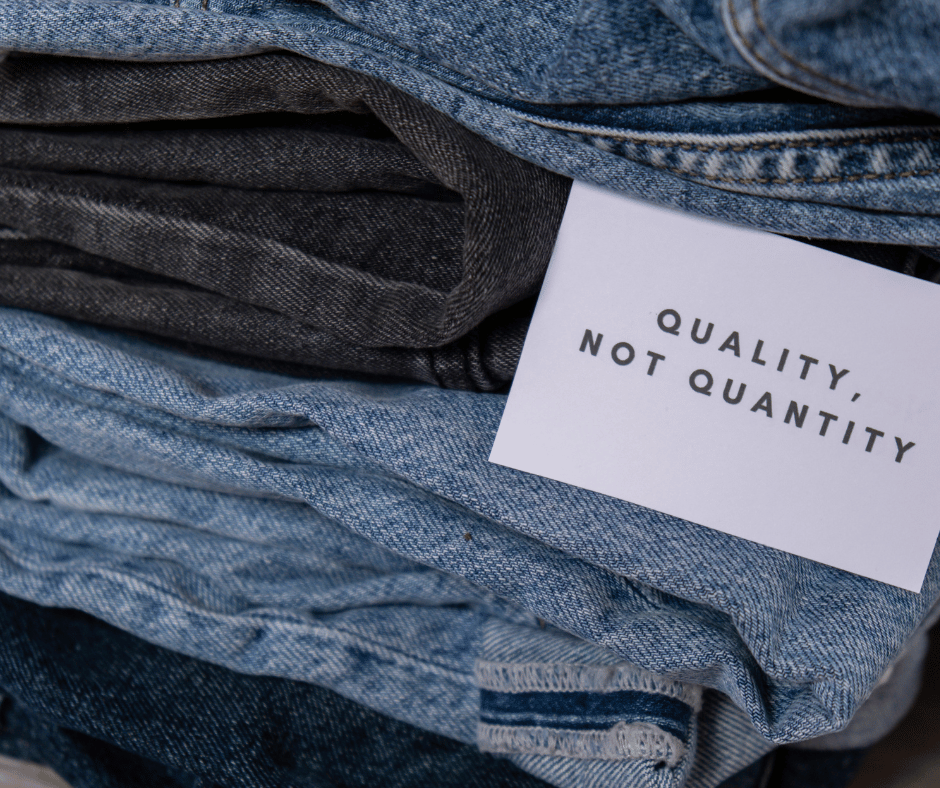
7. Uploading a new collection every week (or day!)
One of fast fashion’s biggest problems is overproduction, which leads to 92 million tonnes of waste every year, consumes loads of resources, and fuels your FOMO for trends.
So, the solution isn’t to replace it with the same number of “eco-friendly” clothes. It’s to produce less and better.
If a brand preaches about sustainability but releases thousands of new garments every week, that’s an obvious greenwashing red flag: overproduction can never be sustainable.
What to look for instead:
Brands designing timeless and durable clothes and marketing them as such, encouraging you to invest in fewer higher-quality items and keep them for years
So, what are the top signs of greenwashing in fashion?
The top signs of greenwashing in fashion are vague terms and unmeasurable claims or promises. Now that you also know what they look like in practice, you can choose to stop supporting a company when you recognise those fashion greenwashing red flags.
Psst. On Project Cece, it’s a breeze! We brought hundreds of fair trade brands in one place, added filters to narrow down your choices, and included clear overviews of why and how each company is sustainable.
_large.png)
Share our story
Related articles
H&M's Circular Design Story Collection & Greenwashing: the good, the bad and the ugly
As part of H&M’s Innovation Stories the company launched a collection focused on circularity on the 9th of December. The pieces of the Circular Design Story-collection look incredibly fun and influencers all over Instagram are posting pictures in the cute circular outfits. On the moment of release, there was actually so much interest that the website collapsed! But, how good is the collection actually in terms of sustainability? Is it greenwashing or are we witnessing systemic change? Let’s zoom in on the good, the bad and the ugly of H&M’s Circular Design Story-collection.
Fashion Greenwashing: Don’t Let Unethical Brands Trick You!
Looking for a greenwashing definition? It’s an immoral PR stunt to deceive clueless eco-conscious consumers. Don’t let companies get away with it!
Recycled Fabrics & Upcycling Fashion: Green or Greenwashed?
What's the difference between recycled fabrics & upcycled clothes? Most importantly, are they as sustainable as they sound? Let's find out!
Project Cece is a platform that collects ethical fashion from vetted brands and shops in one place. Browse ethical fashion for women and men and find items that fit your style, budget and values!
